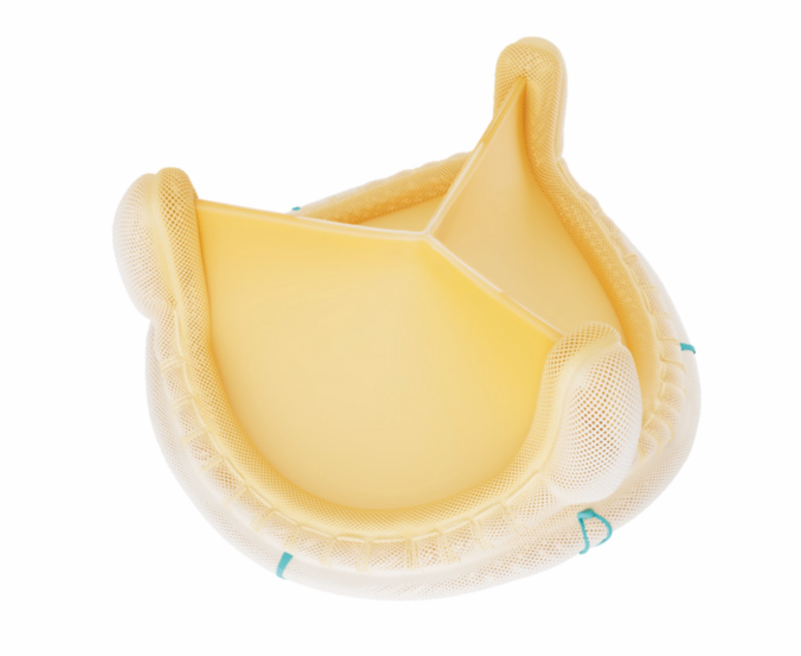Biomarkers in Kidney Health: Enhancing Early Detection and Treatments
April 30, 2025 | Wednesday | Views | By Dr Ajay A Phadke, Pathologist, Agilus Diagnostics
Emerging biomarkers such as neutrophil gelatinase-associated lipocalin (NGAL) and kidney injury molecule-1 (KIM-1) have shown great potential in the early diagnosis of kidney injury. These biomarkers are extremely sensitive indicators of tubular injury, and they can detect renal damage at stages when conventional markers are still within normal ranges. While these novel biomarkers have high sensitivity and specificity, incorporating them into ordinary clinical practice raises several problems. Despite its potential, more study is needed to validate these biomarkers in large-scale, long-term clinical studies.

Doctors rely on assessing kidney function to diagnose and manage kidney disease. For years, medical professionals have used traditional indicators such as serum creatinine, blood urea nitrogen (BUN), and the calculated estimated glomerular filtration rate (eGFR) to check and track kidney health. These tests are widely accessible and useful for monitoring the gradual loss of kidney function. However, they have a significant limitation: they often fail to detect problems until substantial kidney damage has already occurred. This is particularly concerning in glomerular diseases, where early damage may go unnoticed until the kidneys are severely impaired.
For patients at high risk of kidney problems—such as those with diabetes, high blood pressure, or a family history of kidney disease—the urinary microalbumin-to-creatinine ratio has become an important tool. This measurement can detect early kidney damage, even when blood creatinine levels appear normal by identifying small increases in albumin excretion in the urine. Early detection allows doctors to begin treatment sooner, potentially slowing the progression of chronic kidney disease (CKD) and reducing the risk of cardiovascular complications.
Cystatin C, a low molecular weight protein produced by all nucleated cells, has also gained attention as a biomarker for kidney function that may be more accurate than creatinine. Unlike creatinine, cystatin C levels are less influenced by factors such as muscle mass, age, or diet. This makes it especially valuable in populations where serum creatinine may be unreliable, such as the elderly or individuals with low muscle mass. Despite its advantages, cystatin C has yet to become a routine part of clinical practice due to higher testing costs, variability in laboratory measurements, and the lack of standardised reference ranges.
In recent years, research has increasingly focused on discovering and validating novel biomarkers to overcome the limitations of traditional tests. Emerging biomarkers such as neutrophil gelatinase-associated lipocalin (NGAL) and kidney injury molecule-1 (KIM-1) have shown significant promise for the early detection of kidney injury. These biomarkers are particularly sensitive indicators of tubular injury and are capable of detecting renal damage at stages when conventional markers remain within normal limits.
NGAL is produced by renal tubular cells when they are damaged by factors such as ischemia (lack of blood flow) or exposure to harmful substances. Its levels in urine and blood can rise dramatically within hours of kidney injury, allowing for earlier detection than serum creatinine. Similarly, KIM-1, a protein minimally expressed in healthy kidneys, becomes highly elevated in the urine following injury to proximal tubular cells. Monitoring KIM-1 levels provides valuable insights into acute kidney injury (AKI) and the severity of renal damage.
While these novel biomarkers demonstrate excellent sensitivity and specificity, integrating them into routine clinical practice presents several challenges. Standardising assay methods and establishing universally accepted reference ranges are essential to ensure consistency across laboratories. Additionally, kidney diseases are complex and can arise from various causes, meaning no single biomarker can provide a complete picture of renal health. A more effective approach may be to combine traditional tests with newer biomarkers such as NGAL, KIM-1, and cystatin C. This combination could enable earlier detection and more accurate risk stratification.
There is also great potential for these biomarkers to play a key role in personalised medicine. As our understanding of the molecular pathways involved in kidney diseases improves, targeted therapies could be developed for specific types of renal injury. For example, elevated NGAL levels might indicate the need for immediate interventions aimed at protecting the renal tubules, while increased albuminuria might prompt strategies to preserve glomerular function. By incorporating a panel of biomarkers into individualised treatment plans, healthcare providers could slow disease progression and reduce the risk of complications such as cardiovascular disease.
In addition to aiding diagnosis, novel biomarkers can serve as valuable tools for monitoring treatment effectiveness. Traditional markers like serum creatinine typically do not change until significant kidney function has been lost, potentially delaying critical treatment decisions. In contrast, biomarkers such as NGAL and KIM-1 can reflect improvements or worsening of kidney injury much earlier. This timely feedback allows clinicians to adjust therapies proactively, optimising outcomes and potentially preventing permanent kidney damage.
Despite their potential, further research is needed to validate these biomarkers in large-scale, long-term clinical trials. Studies must assess their utility across diverse patient populations and determine whether they can reliably predict adverse outcomes such as end-stage renal disease (ESRD) or cardiovascular events. Additionally, strategies for integrating these markers into existing clinical workflows, especially complex decision-making processes, must be explored.
Future research may also focus on identifying additional biomarkers that reflect other key aspects of kidney disease, such as inflammation, fibrosis, or cellular damage. Combining biomarkers that indicate different pathogenic mechanisms could provide a more comprehensive assessment of renal health and help identify patients at risk of rapid disease progression. For example, integrating markers of inflammation such as interleukin-6 (IL-6) or tumour necrosis factor-alpha (TNF-α) with NGAL and KIM-1 could offer deeper insights into the role of inflammation in kidney injury.
Moreover, advances in fields such as genomics, proteomics, and metabolomics offer exciting new opportunities for biomarker discovery. These cutting-edge approaches may reveal novel molecular signatures associated with kidney damage and help clarify the underlying causes of disease. As these technologies become more accessible and cost-effective, they could help bridge the gap between laboratory research and clinical practice, enabling highly personalised and effective treatments for kidney disease.
While traditional markers like serum creatinine, BUN, and eGFR have long been the mainstays of kidney health assessment, they are limited in their ability to detect early disease. Emerging biomarkers, such as microalbumin-to-creatinine ratio, NGAL, KIM-1, and cystatin C, represent a promising frontier in nephrology. By incorporating these tools into clinical practice, healthcare providers can improve early detection, refine risk stratification, and enhance treatment strategies—ultimately offering better outcomes for patients with kidney disease.
Dr Ajay A Phadke, Pathologist, Agilus Diagnostics









